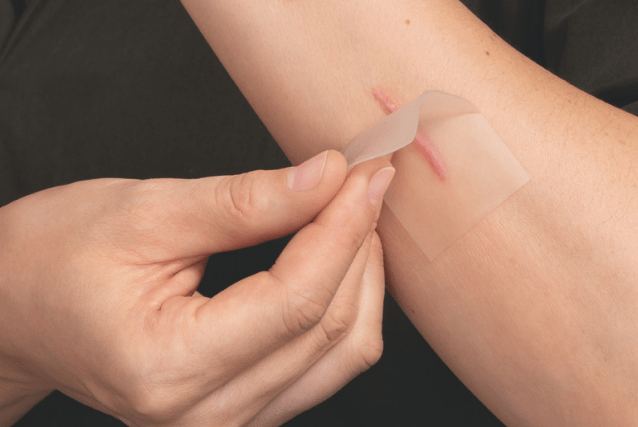Published: August 2022
Last Reviewed: May 2025
Whether you're cycling, skating, or running, one wrong move can leave you with more than just a bruised ego — it can leave you with road rash. This common skin injury, caused by abrasive contact with rough surfaces like tarmac or concrete, can range from minor grazes to more serious wounds.
At Elastoplast, we understand that prompt, effective treatment is essential for easing discomfort, preventing infection, and reducing the risk of scarring. In this article, we’ll walk you through what road rash is, how to treat it properly, and how to support your skin’s natural healing process with the right care from the very start.













